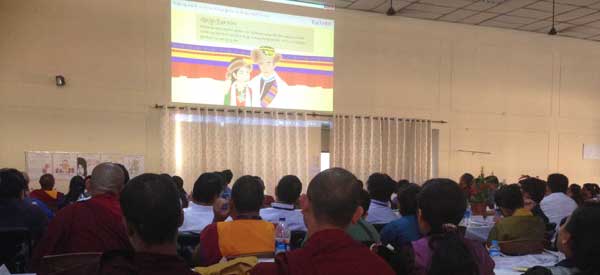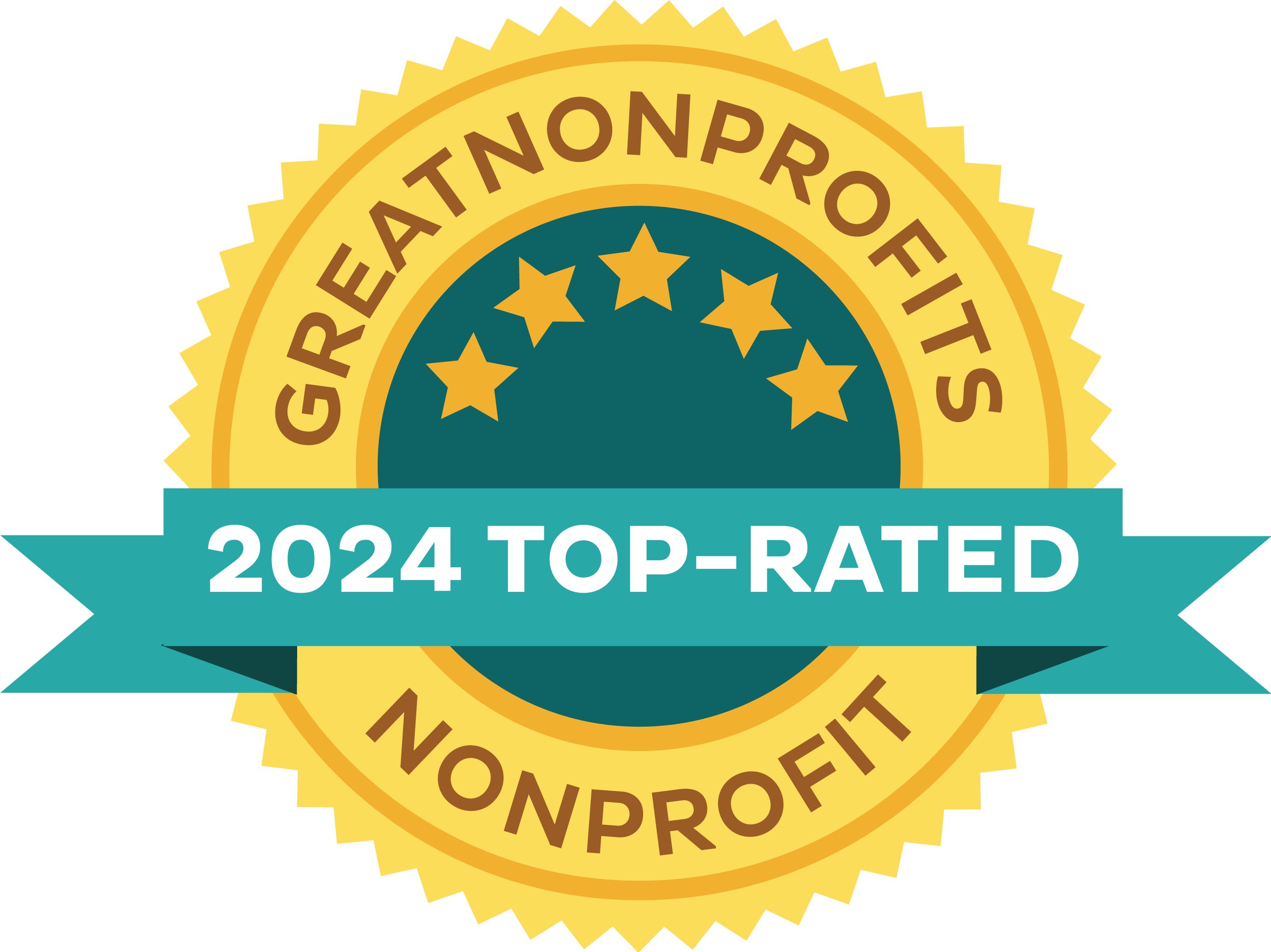
JUNE 11, 2016 | for HIV/AIDS
Tibetan language HIV education materials used to educate 150 Tibetan health stakeholders
When his His Holiness the Dalai Lama’s expressed concerns about the deteriorating situation of Tibetan public health, the Central Tibetan Administration (CTA) Department of Health sprang into action.
As part of immediate efforts to revitalize Tibetan preventive health care, a “special meeting to improve and strengthen the overall public health services, disease prevention and hospital administration of the Tibetan community” was arranged. Sikyong (Prime Minister) Dr. Lobsang Sangay opened the meeting, which was held in Dharamsala, India.
In his inaugural remarks, Dr. Sangay explained that His Holiness the Dalai Lama had noticed an increase in the number of patients with chronic diseases in settlements and monasteries across the Tibetan community in exile. “He said that these are a result of neglect towards preventive healthcare and advised me to work on these issues,” Sikyong recounted, adding that His Holiness expressed great appreciation that the workshop was taking place.
Over 150 health leaders and advocates travelled from their homes-in-exile across India, Bhutan and Nepal for the meeting. Organizations represented included the CTA Department of Health; Monastery hospitals and health centers; Allopathic medical clinics; the Tibetan Medical Astro Institute; and NGOs including the Snow Lion Foundation, Tibet Charity and Norbulingka.
The Tibetan language TeachAids HIV software was shown at the meeting in order to equip public health stakeholders with the knowledge and skills required to educate community members on how to prevent the transmission of this condition. The materials feature respected physician Dr. Tsetan Dorji Sadutshang as the sage doctor and beloved musician Namgyal T. Phurbu as the inquisitive student; and have been endorsed by Dr. Sangay, Health Kalon (Minister) Dr. Tsering Wangchuk and His Holiness the Dalai Lama.
Dr. Wangchuk noted that the TeachAIDS materials offer an unparalleled opportunity to curb the spread of HIV in the Tibetan population, which has increased substantially amongst the Tibetan diaspora in recent years. “We have not, until now, had the tools to resist is the growing risk of HIV in our community. There is no cure, but with the right knowledge we can prevent HIV”, he said. Dr. Sangay concurred, noting, “we have learned that the single best way to stop the spread of HIV is through education”.
In addition to being showcased at this historical health prevention and treatment meeting, 10,000 copies of the Tibetan language software will be distributed to clinics, schools and hospitals in Tibetan communities throughout India, Nepal and Bhutan, as well as inside Tibet.
Dr. Sangay urged meeting participants to “utilise your experience and knowledge of the issue to strengthen Tibetan public health”. TeachAids is proud to be a part of the revitalization of the Tibetan public health system, and joins Sikyong Sangay in encouraging health stakeholders around the world to ensure that high quality public health education is available to all.
Photo: Tibetan public health stakeholders from communities across India, Nepal and Bhutan viewing the Tibetan language TeachAIDS HIV education materials


